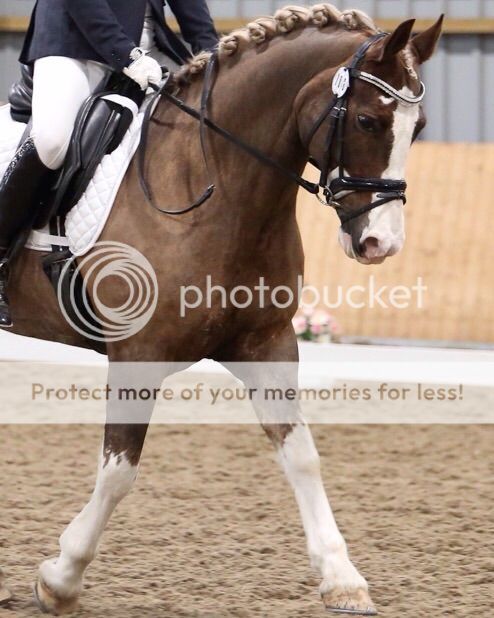oldie48
Well-Known Member
I've been looking at some pics of Welsh D's, some have enormous cresty necks but seem to do well showing, frankly they would worry the hell of out me. I'm not into showing but wondered if breeding lines are being selected for this trait and is it putting the breed at greater risk of EMS than it already is. I'd be interested in your thoughts.




